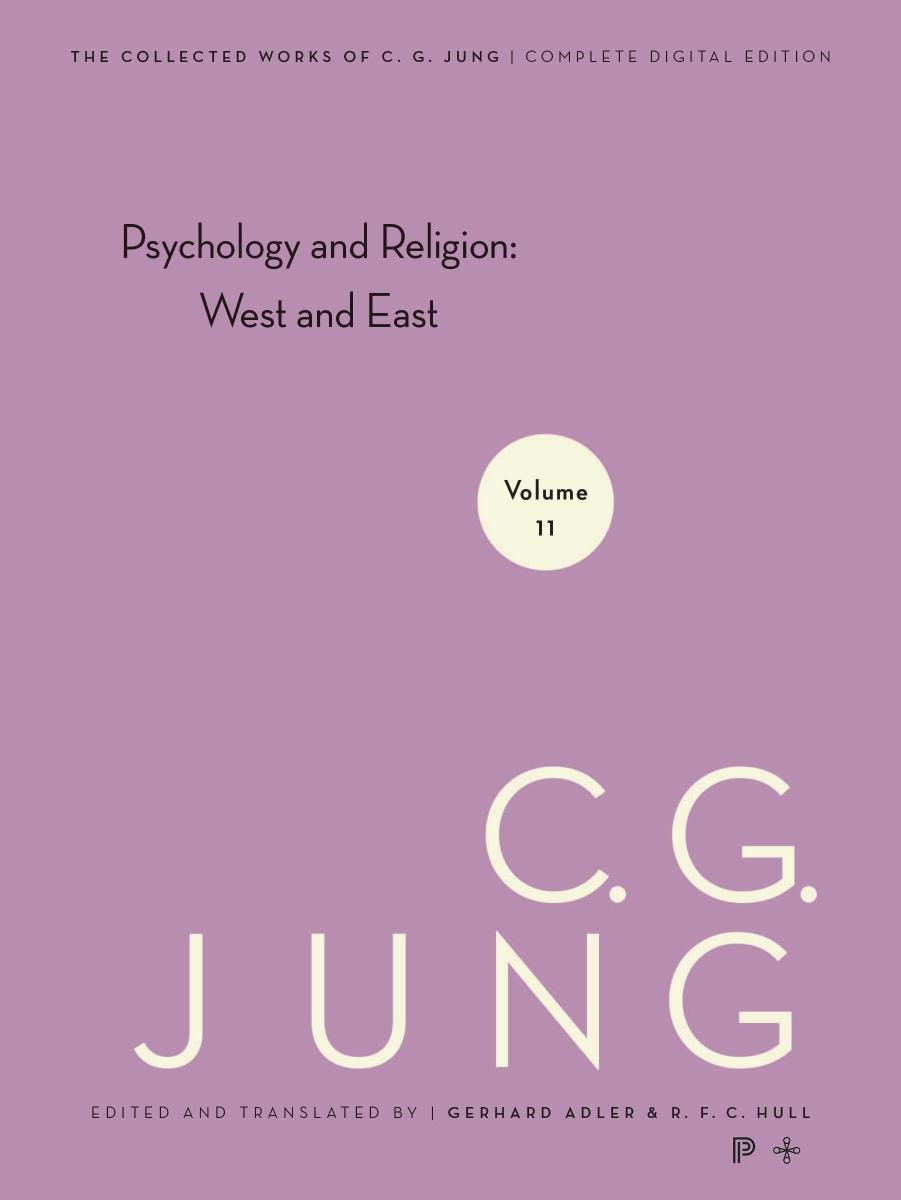Collected Works of C.G. Jung, Volume 5: Symbols of Transformation by Jung C. G. Hull R. F.C. Adler Gerhard

Author:Jung, C. G., Hull, R. F.C., Adler, Gerhard [Jung, C. G.]
Language: eng
Format: epub, pdf
Publisher: Princeton University Press
Published: 1956-02-24T05:00:00+00:00
Fig. 33. Vidarr’s fight with the Fenris-Wolf
Relief from a cross, Churchyard of Gosforth, Cumberland
Yonder dwells the great Pearl-Feather,
Megissogwon, the Magician,
Manito of Wealth and Wampum,
Guarded by his fiery serpents,
Guarded by the black pitch-water.
You can see his fiery serpents …
Coiling, playing in the water.
[541] The danger that dwells in the West is death, whom none, not even the mightiest, escapes. The magician, we are told, had killed the father of Nokomis. Now she sends her son forth to avenge her father. From the symbols assigned to the magician we can see what he symbolizes. Snake and water are mother attributes. The snake coils protectingly round the maternal rock, lives in the cave, twines itself round the mother-tree, and guards the precious hoard, the secret “treasure.” The black Stygian water, like the muddy spring of Dhulqarnein, is the place where the sun sinks down for rebirth, the maternal sea of death and night. On his journey thither Hiawatha takes with him the magic oil of Mishe-Nahma, which helps his canoe through the waters of death (hence it is an immortality philtre, as was the dragon’s blood for Siegfried). Thus Hiawatha makes the “night sea journey” over the Stygian waters:
All night long he sailed upon it,
Sailed upon that sluggish water,
Covered with its mould of ages,
Black with rotting water-rushes,
Rank with flags and leaves of lilies,
Stagnant, lifeless, dreary, dismal,
Lighted by the shimmering moonlight
And by will-o’-the-wisps illumined,
Fires by ghosts of dead men kindled
In their weary night encampments.
[542] This description clearly shows that they are the waters of death. The rotting water-plants point to the entwining and devouring motif already mentioned. The dream-book of Jagaddeva88 says: “Whoever dreams that his body is wrapped round with bast, creepers or cords, with snake-skins, threads or webs, will certainly die.”
[543] There is no doubt that the above description refers to the realm of the Terrible Mother, represented in this case by the magician, a negative father-figure, or by a masculine principle in the mother herself, just as the secret spiritus rector who impels Hiawatha to his task is represented by Nokomis, the mother, who is a feminine principle in the breast of the hero. The latter is Hiawatha’s anima, and the former would correspond to the animus of the Terrible Mother.
[544] Arrived in the Western Land, the hero challenges the magician to battle, and a terrible struggle begins. Hiawatha is powerless because Megissogwon is invulnerable. In the evening Hiawatha, wounded and despairing, retires for a short rest:
Paused to rest beneath a pine-tree,
From whose branches trailed the mosses,
And whose trunk was coated over
With the Dead Man’s Moccasin-leather,
With the fungus white and yellow.
[545] This sheltering tree is described as “coated” with fungus. Tree-anthropomorphism is an important factor wherever tree-worship prevails, as for instance in India, where every village has its sacred tree (pl. LV), which is clothed and treated exactly like a human being. The trees are anointed with sweet-smelling waters, sprinkled with powder, adorned with garlands and draperies. And just as the people pierce their ears as an apotropaic charm against death, so they pierce the sacred tree.
Download
Collected Works of C.G. Jung, Volume 5: Symbols of Transformation by Jung C. G. Hull R. F.C. Adler Gerhard.pdf
This site does not store any files on its server. We only index and link to content provided by other sites. Please contact the content providers to delete copyright contents if any and email us, we'll remove relevant links or contents immediately.
| Administration & Medicine Economics | Allied Health Professions |
| Basic Sciences | Dentistry |
| History | Medical Informatics |
| Medicine | Nursing |
| Pharmacology | Psychology |
| Research | Veterinary Medicine |
The Art of Thinking Clearly by Rolf Dobelli(10133)
The 5 Love Languages: The Secret to Love That Lasts by Gary Chapman(9505)
Mindhunter: Inside the FBI's Elite Serial Crime Unit by John E. Douglas & Mark Olshaker(9099)
Becoming Supernatural by Dr. Joe Dispenza(8033)
The Road Less Traveled by M. Scott Peck(7469)
Nudge - Improving Decisions about Health, Wealth, and Happiness by Thaler Sunstein(7456)
Mastermind: How to Think Like Sherlock Holmes by Maria Konnikova(7156)
Enlightenment Now: The Case for Reason, Science, Humanism, and Progress by Steven Pinker(7081)
Win Bigly by Scott Adams(7031)
The Way of Zen by Alan W. Watts(6448)
Factfulness: Ten Reasons We're Wrong About the World – and Why Things Are Better Than You Think by Hans Rosling(4621)
The State of Affairs by Esther Perel(4585)
Gerald's Game by Stephen King(4511)
Man's Search for Meaning by Viktor Frankl(4346)
The Confidence Code by Katty Kay(4154)
Thinking in Bets by Annie Duke(4117)
Hidden Persuasion: 33 psychological influence techniques in advertising by Marc Andrews & Matthijs van Leeuwen & Rick van Baaren(3413)
The Healing Self by Deepak Chopra(3395)
The Worm at the Core by Sheldon Solomon(3394)
